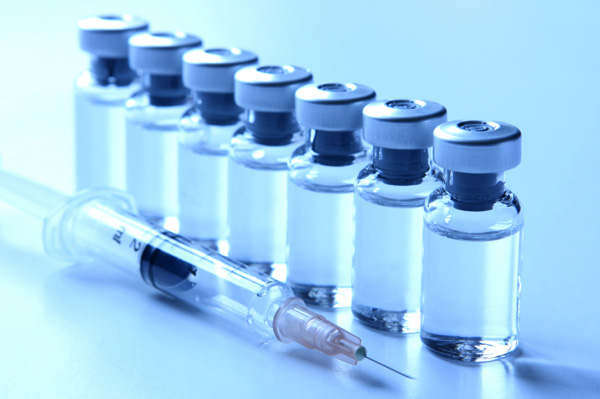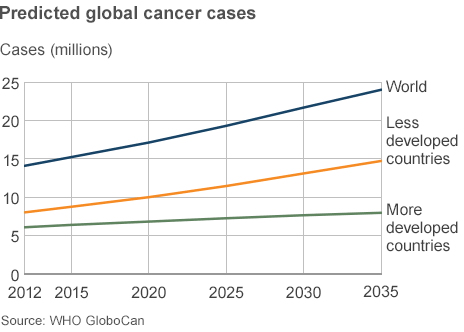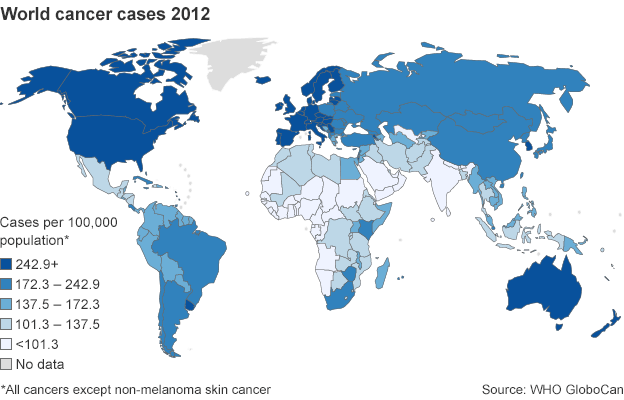A new study links consumption of more sugary foods with a higher risk of death from heart disease. The assessment is the latest addition to a growing body of evidence that “too much sugar does not just make us fat, it can also make us sick,” according to health policy professor Laura Schmidt at the University of California, San Francisco.
Schmidt wrote a commentary accompanying the new study in the journal JAMA Internal Medicine. The study focuses on sugar added to foods as opposed to those occurring naturally in fruits and vegetables.
Those who ate the most added sugar – making up more than one-fifth of their daily calories – were twice as likely to die from heart disease as those who ate a healthy diet with less than 10 percent added sugar. Soda, energy drinks and other sugar-sweetened beverages were the biggest sources.
One can of soda contains about 140 calories, or about 7 percent of an average, 2,000-calorie diet. The researchers used data from a large, ongoing national study on all kinds of health issues. Thousands of people across the country answer questions about their diet and other health behaviors and get a physical. The researchers also check to see if participants show up in national death records.
While other studies have looked at the link between added sugar and obesity, diabetes, heart disease and more, “this paper is the first to look at death from heart disease,” said nutrition professor Rachel Johnson at the University of Vermont, “so, sort of the ultimate end point.” Johnson heads the nutrition committee for the American Heart Association but was not involved with this research.
“Most of us consume much more [added sugar] than healthy diets recommend,” said study co-author Quanhe Yang, an epidemiologist at the U.S. Centers for Disease Control and Prevention. The study found the average American consumed about 15 percent of the day’s calories as added sugar.
“Compared with people in the lowest consumption group, you have roughly a 30 percent increased risk of dying from cardiovascular disease,” Yang said. Add one can of soda a day, however, and the risk goes way up.
“If you just [drank] one can of sugar sweetened beverage, you may put yourself into another category, which is doubling your risk of cardiovascular mortality,” he added.
New York City is trying to limit the size of sodas, but is fighting a legal challenge. Mexico has recently imposed a tax on soda and other sugary foods. Johnson said state and local governments in the United States also are considering taxes as a way to discourage consumption.
“I think we’re going to continue to see a lot of policy initiatives around how do we make the healthy choice the easy choice for people,” she added.
Many of these initiatives face opposition from those who see them as restricting individual freedom.
Source: Voice of America







